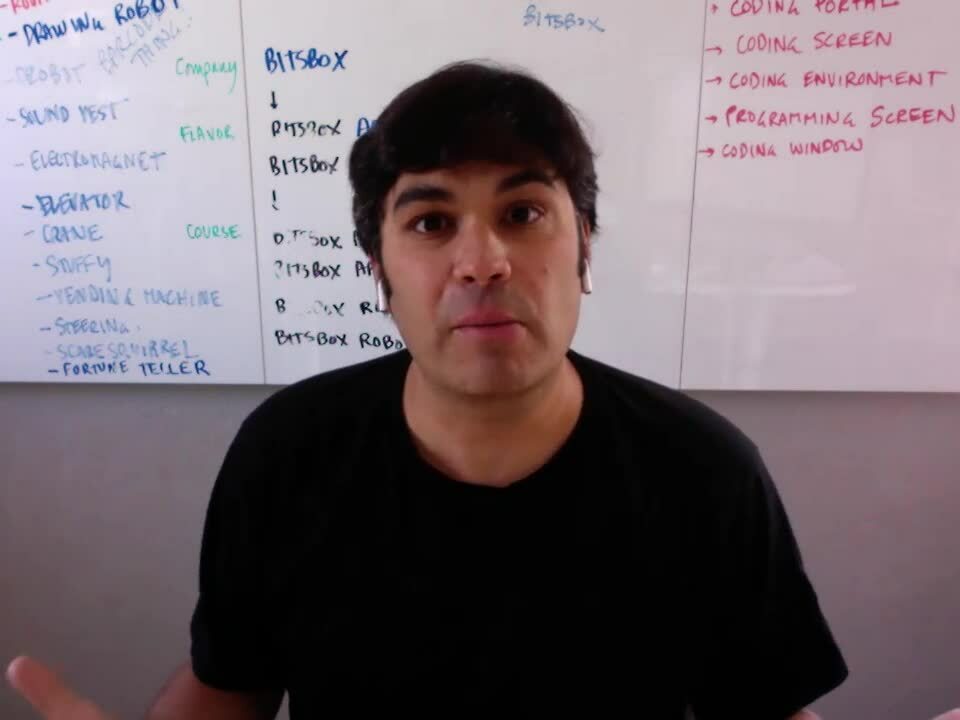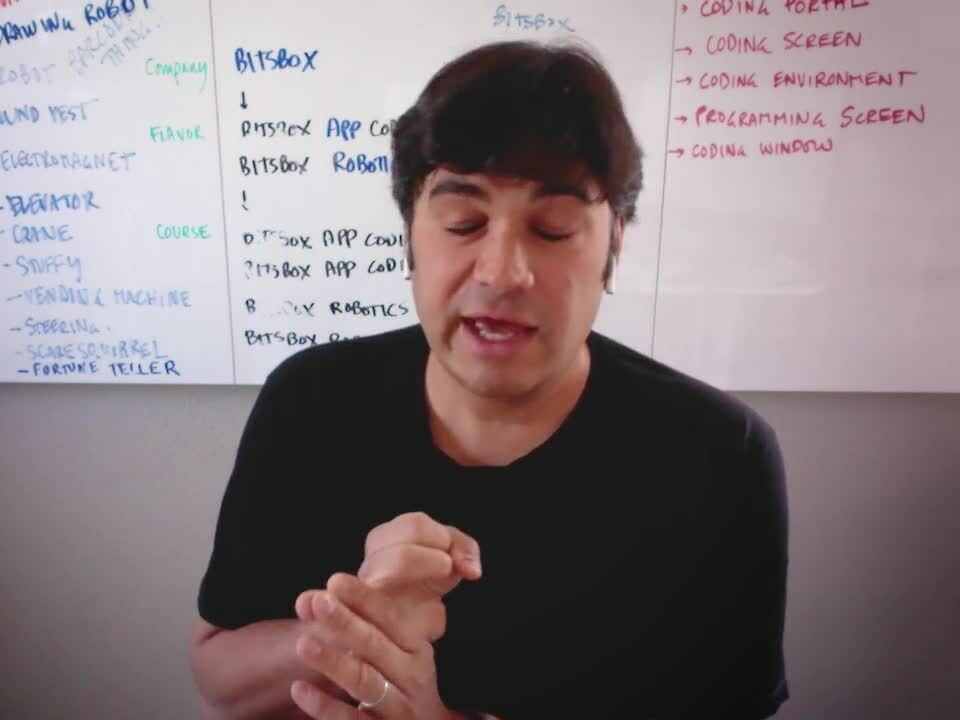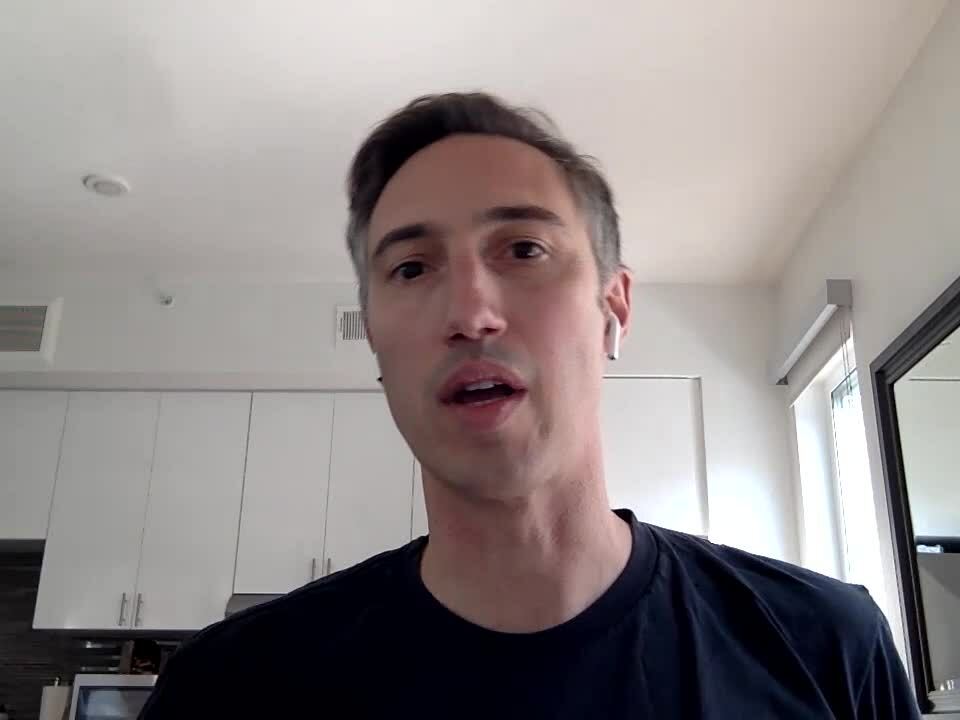Turning 20 Never Looked so Good!
1999
On a sunny day in Boulder, Co, architectural engineer Brad Schell, approached software developer, Joe Esch, with several years worth of handwritten notes he’d compiled around his ideas for a progressive 3D modeling software.
At this time, architectural firms typically had only one or two trained CAD designers on staff as the software options at the time were difficult to learn. The need was clear, and it became Schell’s passion project to make 3D modeling accessible to everyone.
Knowing the hardest part of getting people to adopt a 3D software was actually getting them up to speed in 3D, he knew the question he needed to answer: How could you bypass coordinate systems, offsets, and right hand rules and allow people to directly engage with the design?
The first early notes of what would become SketchUp.
Schell knew people could easily draw sketches of their ideas to successfully convey the complicated process of visualizing a 3D snapshot on 2D paper. Could it be possible to create a software that enables users to draw in 2D and then ‘pull’ into the 3D world? Fortunately Esch was looking for a new business idea, and Schell had just the thing.
Talk about timing. Just like that, the development of eSketch, the foundation of SketchUp, began.

- The system automatically created faces between coplanar edges.
- The user could easily extrude or “Push/Pull” those faces into a third dimension.
- A line being drawn could be locked to an inference direction while the cursor was free to move elsewhere.
What started as eSketch evolved into SketchUp, fueled by a contagious passion and eager enthusiasm, felt across the creations coming from designers and architects around the world.

With a streamlined interface, SketchUp was able to connect the designer directly with the design, removing any potential impediment posed by the software. Thus, the software democratized design, making it possible for anyone to create and communicate a 3D idea.
2000
SketchUp, from @Last software, formally launched on August 24, 2000. With a growing team, SketchUp was named one of the Best New Products at the A/E/C Systems Fall Show in 2001. And the buzz around this unique 3D software company out of Boulder, continued following the AIA national convention in Denver.
SketchUp sales team member Tom Wyman at the AIA Expo 2002 in Charlotte, NC
As SketchUp gained ground, the diversity of uses and people using the product were impressive. Professional designers from industries such as film and stage, game development, GIS, construction, interior design, landscape, and mechanical design were working in the software alongside architects, showing the wide range of creativity SketchUp supports.
Recognizing the software’s versatility, the team focused less on a traditional marketing approach and instead engaged directly with potential users by offering a free trial - a novel concept at the time. Schell’s experience had shown him that building trust and familiarity with the product was key to its adoption - and boy, was he right.
In line with the company’s mission to connect with it’s users, the first SketchUpdate newsletter was released in 2001, bridging the company with the community in a quirky and irreverent style - true to their office culture at the time.

The story of the quirky newsletter. Brad Schell – Co-Founder & Aidan Chopra – Product Evangelist
As the community grew, so did the creative experimentation and integration with other tools. Notably, SketchUp engineers worked to put models into Keyhole, digital mapping software that eventually became Google Earth.
With the development of a SketchUp Google Earth Plugin, the conversation started, and soon there were plans for a partnership. SketchUp would be Google’s official modeler and a free version would be offered on their website. It didn’t take long to see that an acquisition made more sense...
2006
- Increased geo-location modeling integration with Google Earth
- An online repository of user generated models, now known as 3D Warehouse
- A 2D documentation and presentation tool through LayOut

Premature t-shirts on acquisition day. Aidan Chopra – Product Evangelist
With each update and upgrade, it was always clear that the main goal was to make modeling the built world easier and create a 3D version of the world that would be accessible to anyone in Google Earth.
The SketchUp team on the Pearl Street mall in Boulder in July 2007
While many users were geomodeling with SketchUp, the core base of architects and professional designers continued to grow and produce amazing geo-modeled projects. This community was pivotal for SketchUp as they put each new technology to use producing 3D representations of the world for Google Earth.
By 2010, LiDAR (Light Detection and Ranging) processing advanced to the point of producing acceptable resolutions for buildings in mapping applications, reducing Google’s need for user generated geomodels. Although the sun was setting on SketchUp’s role in Google Earth’s geomodeling, it’s value as a tool in the professional architecture and design space was still clear.
As Google searched for a new home for SketchUp, Trimble emerged as the perfect place.

Reasons SketchUp went to Trimble. Aidan Chopra – Product Evangelist
2012
Oh happy day! June 1, 2012, Trimble Navigation (now Trimble Inc.) - an entrepreneurial technology company known for positioning and connecting the digital and physical worlds, acquired SketchUp. The role was clear for SketchUp: Be the office to field modeling solution to serve the entire building life cycle.
Trimble’s investment in SketchUp has continually reflected this purpose, expanding the software’s capabilities across the full spectrum of building life cycle. Some of the highlights of the relationship include:
- Through the Extension Warehouse, Trimble’s commitment to the extensibility and accessibility of SketchUp is clear. The software can plug into many existing and evolving workflows, making it the ideal companion throughout the building lifecycle.
- The acquisition of Sefaira for energy modeling and daylight analysis upleveled the tool for larger picture of planning, building, and operating structures.
- SketchUp for Schools and SketchUp Campus built out an education and training program to reach larger audiences of eager learners.
- Integration with Trimble Connect enabled cross collaboration and coordination between designers, teams and stakeholders across projects.
- With SketchUp for Web, the core modeling experience is accessible on a browser.
- And, SketchUp view is streamlining communication across mobile, desktop, virtual reality, and augmented reality devices.
The Constructible process

2020
As Brad Schell said, SketchUp began thanks to a ‘bunch of geeks trying to make cool stuff,’ and although we like to consider ourselves a bunch of ‘hip’ geeks, we are definitely still here to make cool stuff twenty years later.
There have been many chapters across years of SketchUp’s life, but one thing that remains the same is the spirit of creation and inspiration among the community. We continue striving to bring the best 3D modeling solution to our customers, with continual updates and upgrades. Check out the details of our most recent release here.
We have seen an outpouring of community spirit this year and are looking forward to celebrating that spirit in decades to come!
Continue the party and watch this compilation celebrating our big milestone!